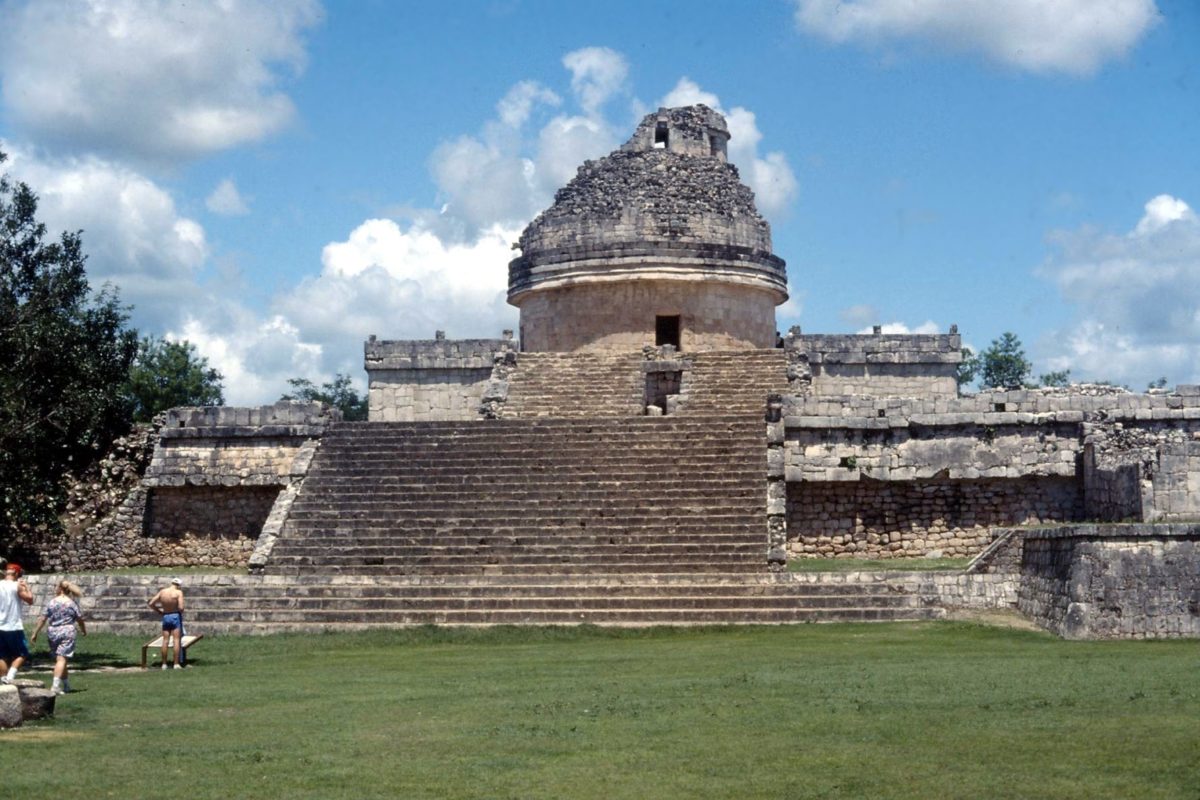Astrology was the “Queen of Sciences” of our ancestors. How and why was this art so important?
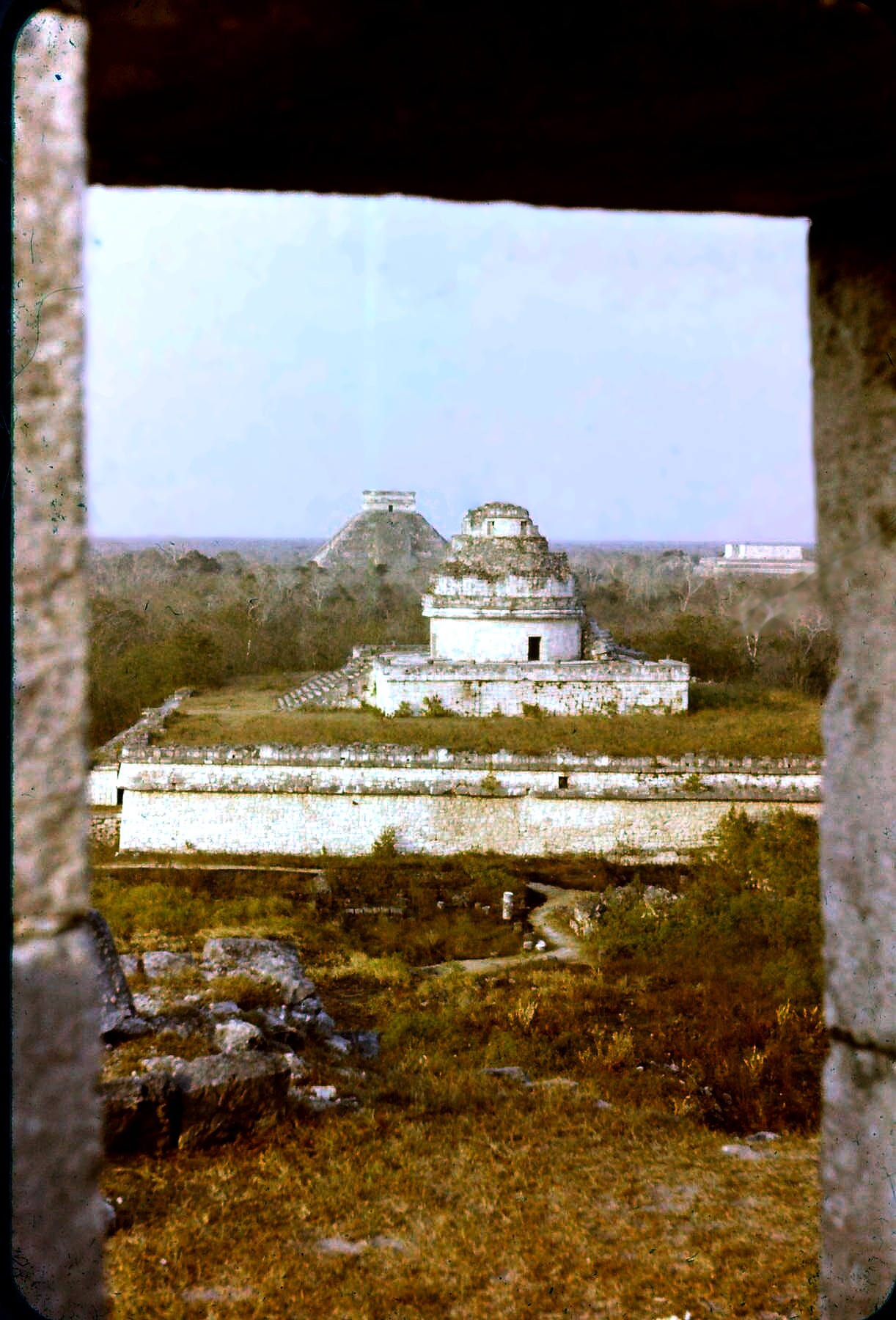
©Carolyn Relei 2023
Astrology was the “queen of sciences” of our ancestors. Its practitioners enjoyed high status as wise men or scientists in their societies. Though techniques and meanings varied, many complex organized societies had specially trained astrological specialists. Timing agricultural rites, predicting events, matching suitable marriage partners, determining the course of disease or the fate of an invading army were their specialties. Therefore these wise men had a role akin to scientist/priest. We call them astrologers now. Because their knowledge was so vital to their societies, we say that astrology was the Queen of Sciences of our ancestors. The art of astrology illuminated how the celestial sky interacted with the people and their society.
Eventually scientific advancements revealed that the earth is not the center of the solar system. Consequently, astrology slowly morphed into two disciplines, astrology and astronomy.
In the past, there was no distinction between astrologer and astronomer.
Astrologers were aware of the movements of the planets, the cycles of eclipses, and much more. Vestiges of their ancient observatories are scattered around the globe. Mexico has a few, such as those at Monte Alban and Chichen Itza (shown above). Simpler indications of astronomical observations are inscribed rocks. I visited this one at Rio Puerco Pueblo site in Arizona. The crevasse has an incised spiral that is illuminated during summer solstice. Although we don’t have written documentation, the incised rocks and the purposeful orientation of the monuments tell us a story in stone.
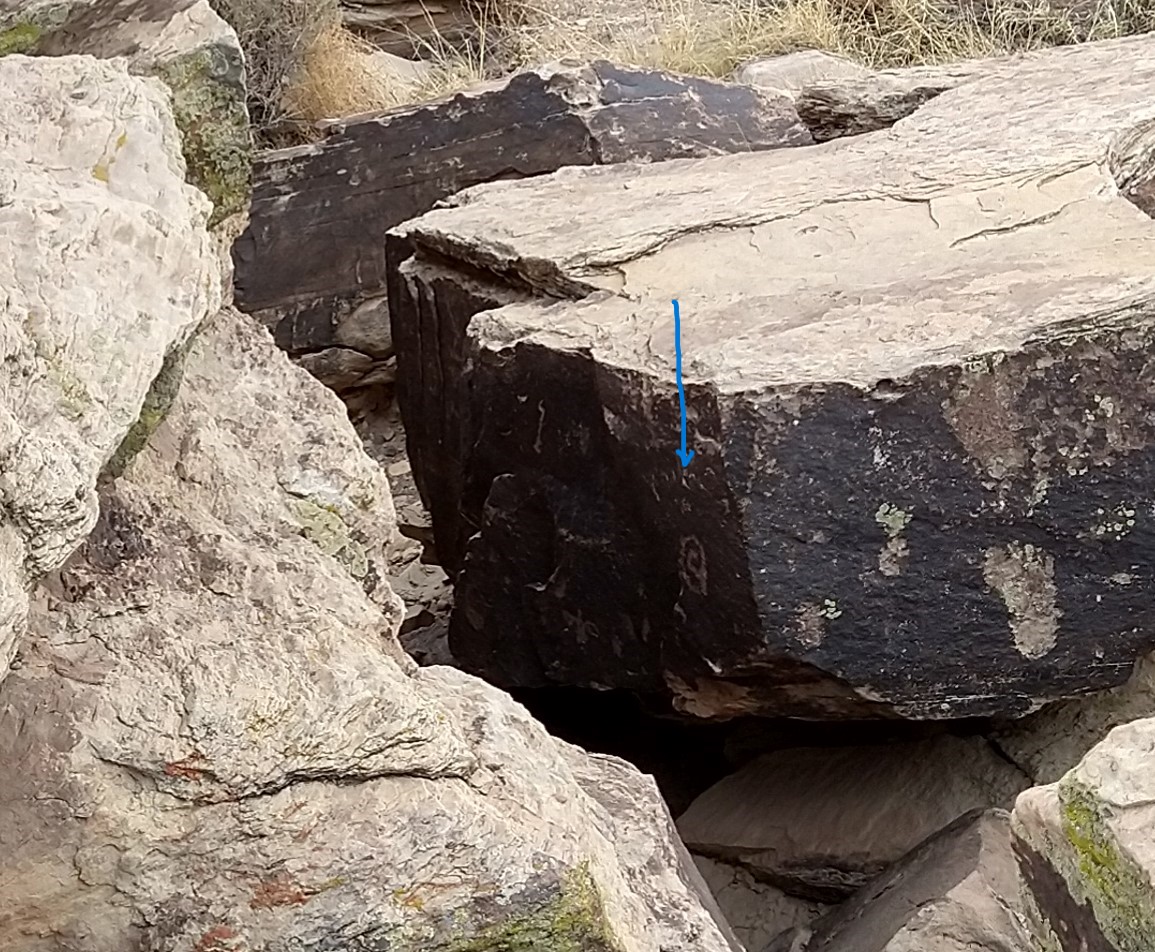
The Ancient Skies Invited Attention
Imagine a world without electric lights, the sky nearly black on a moonless night, thousands of brilliant stars scattered across, with brighter glowing orbs moving slowly against the backdrop of stars. Quiet figures scan the darkness, deciphering the patterns of movement of the wandering planets. These seers in the night build predictive systems over long centuries.
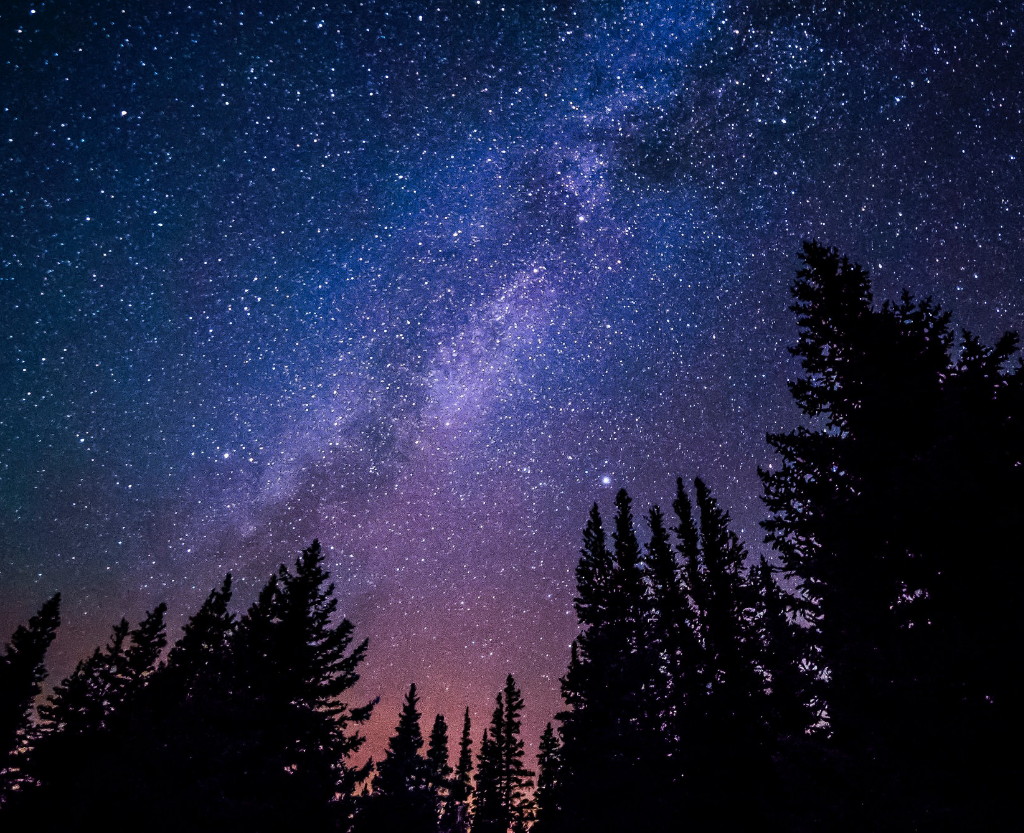
The birth horoscope is a map of the sky at the moment of a person’s birth.
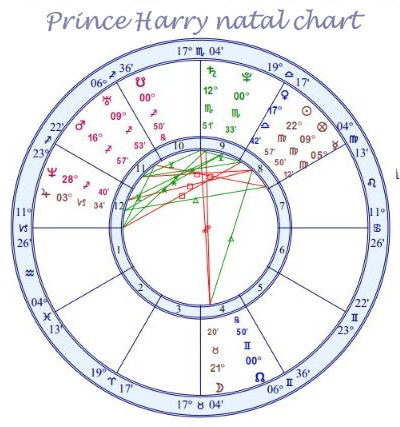
The birth horoscope is actually a map of the sky at the moment of birth. I view the birth horoscope as key to personality and potential. Consequently, for viewing past conditions and forecast possibilities the natal chart is essential. The accurate natal chart is key to the rest of the life story.
Scientists, astronomers and mathematicians now and in times past developed the charts and tables that astrologers use for their calculations. Astrological software programs make it simple to do the calculations. This ease in calculation enables the insights provided by astrology to be appreciated by an ever-wider audience. What was once the purview of only a few, is now accessible to the many. For that, I am grateful.
